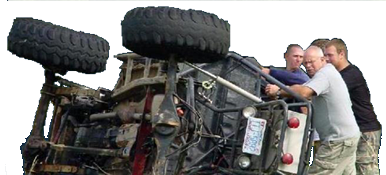My slats are very tall. How much are you submerging? I am also worried about excessive evap inside the building. I have also read a lot on cut quality and speed while using water. Biggest hurdle is my shop has no water supply. Being a noob I am not sure how often I will cut. Thought about completely draining after each use and some sort of bladder. A pump that will handle sediment is also high.
The down draft design would mimic, some very large tables. Central duct, covered by a deflector with a pull out slag tray. I think this will reduce wasted air pulling from a huge square shape. I plan on improvising draft measures from above as well.
I need to get the table under power and do some testing. If I bought a lemon the particular brand and age may dictate a lot. Reading on Plasmaspider has left me concerned about follow up support and bleeding cash.
My slats are roughly 2” tall. About 1.25” of water depth, roughly .75” air gap.
Takes about 10-15 gallons to fill up. I just fill up a 5 gal bucket and keep under table to either cool parts that come off the table to handle, or to top off the table.
I have to add 3/4 gallons every 2 weeks or so in a non conditioned shop.
I add a little borax to the water to keep it from being funky or rusting.
Can easily do a tank under the table with a couple valves. Hook air line to the tank.
Gravity drains the tank, increase air to tank to push water up into table.
Ideally drain it after the use, let it dry then shop vac out what settles before filling it for next time.
Chicken wire, screen, and scotchbrite pads work great to filter the water.
I’m going to build a setup like that eventually, for now, my table has been running since April, and I’ve added water 3 times. I’ll shop vac and clean it out once it gets real bad.
I had way too much borax to start with, I found it doesn’t take much at all.
I’ll probably also add essentially a framing square shape piece of material to act as a hard stop in one corner for squaring up plate. This will close off most of the open area, and allow me to use a bigger spare shop vac to pull vacuum on the space between the plate and water.
If you are worried about excessive evap in building, just find something to cover the table when not in use, like the size of a sheet of material, to slow down the air exchange rate on the water surface.
It’s hard to get water to phase change without some heat input.
Not as much evaporates off surface inside a climate controlled building even if the air is dry. Some yes, but not nearly as much as an ambient temp shop.

